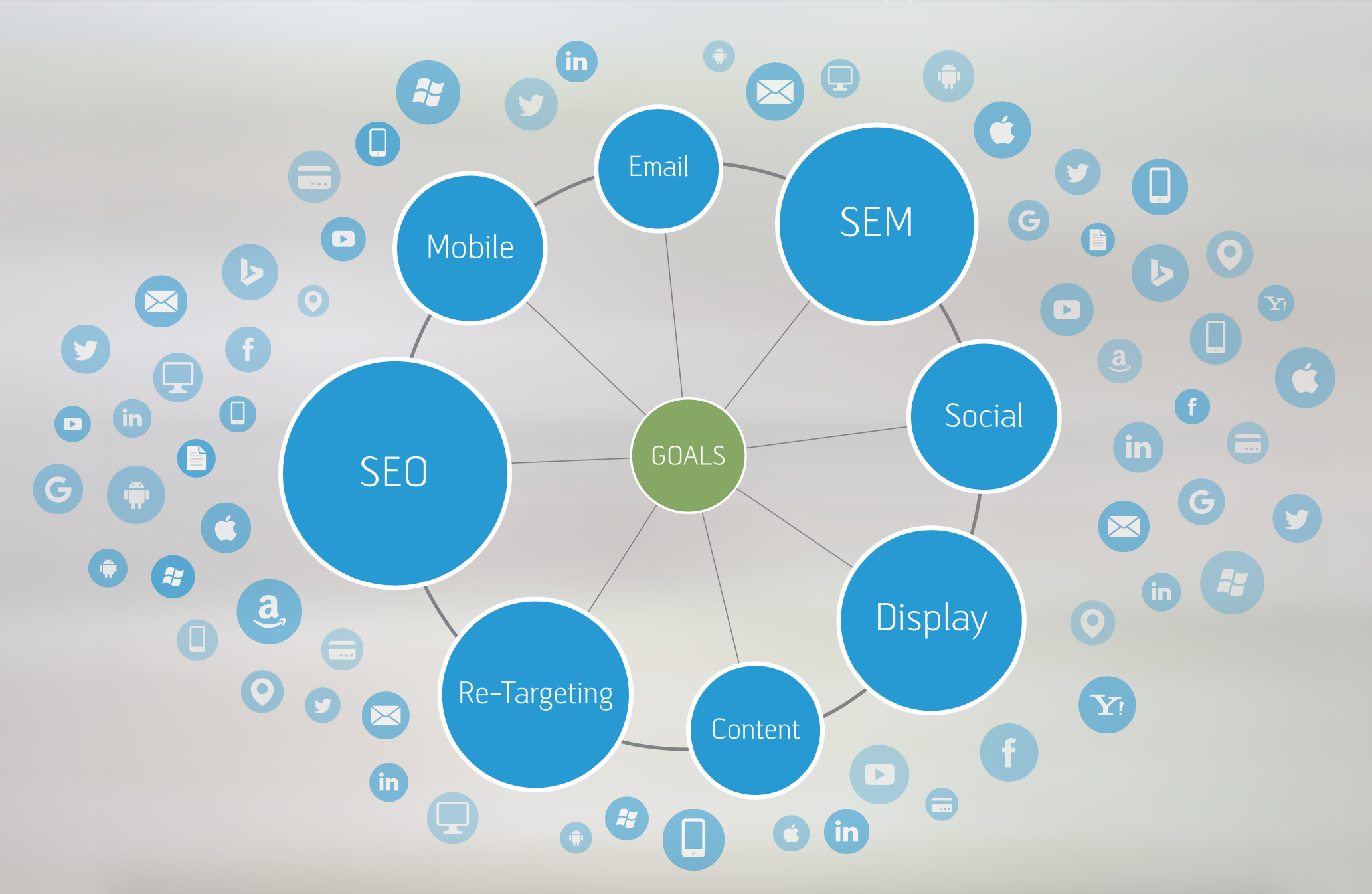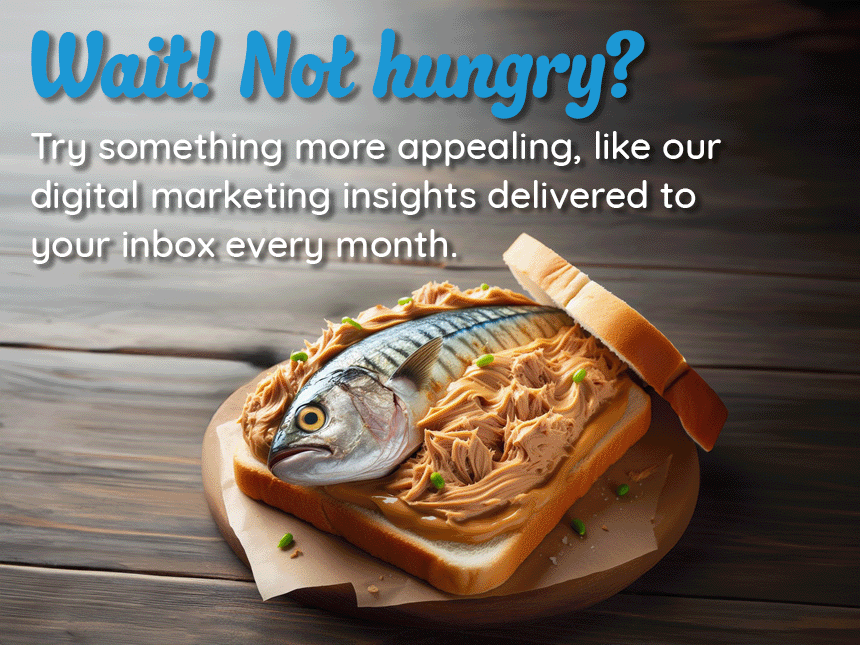Integrated Digital Marketing Part 2: Search Engine Optimization and Paid Search

Welcome to the second installment in our series on how various marketing tactics can work together to deliver success.
Our first post discussed the benefits of integrating search engine optimization with content marketing. This article will similarly explore the benefits of integrating search engine optimization with paid search.
What is paid search?
I’ll let the expert explain. Our paid search manager, Rasheed Hendricks, says:
“For the purpose of discussion, let’s define paid search as pay-per-click text-based advertising on search engines like Google, Bing, and Yahoo. Consider the text ads you see at the top and right side of my Google pages. Below is an example.”

Paid search works by bidding on keywords. In the screenshot example, Citibank and three other companies bid on the term “online banking” and are now competing with each other for real estate. Paid search managers can select how much they’re willing to pay (it’s on a per-click basis), and how much you pay dictates where you place in that list (the top spot costs the most).
Even though this involves placement within a search engine results page, this is not search engine optimization. SEO involves earning a spot within the organic rankings without paying Google any money. That last item in the screenshot – Bank of America – that’s the first organic listing on this page. That is there because of some hard work from a group of search engine optimization specialists working on behalf of Bank of America, not because of any money given to Google for paid search ads.
The below chart details more of the differences between the two tactics:
Aspect | SEO | Paid Search |
Placement on search results | Middle area | Very top, far right, very bottom |
Cost-per-click | None | Based on bid rate |
Number of clicks allowed | Unlimited | Expires once budget is reached |
Ramp up time | Months | Instant |
Got the difference? Good. Now let’s discuss how they can work together.
Integrated digital marketing – SEO and paid search
We’ve established that SEO and paid search are two different tactics. But that doesn’t mean they can’t work together. At Arc Intermedia, our organic search and paid search teams work very closely with each. This allows them to fill gaps in audience reach and timing, to deliver better benefit all around.
1. Expand your reach

Some SEO terms have millions of competing websites. Some paid search terms cost tens of dollars per click. Pick your battles wisely.
Perhaps you can rank well in organic search for a term you can’t afford in AdWords. Or perhaps there’s an organic term you’d love to rank for, but all the top sites belong to the government, or are Wikipedia, or some other mammoth monster you can’t possibly outrank – bid on those terms and own the paid spots instead.
Leveraging a strategic mix of SEO and paid search allows you to plug whatever gaps one of those tactics on their own would leave leaking. In this way, you have all bases covered. Like how I just spanned two different metaphors (leaking gaps and covered bases) to make my point. Actually not at all like that – much, much better and more beneficial.
2. Accelerate your successes

Paid search works instantly – you start bidding on keywords, your ads start appearing in searches. SEO is a much longer strategy – it could take a few months of hard work before any rankings start improving.
Therefore, when marketing is just getting going, it’s often great practice to launch a paid search campaign while the SEO efforts are building in the background. In this way, SEO has the necessary time to flourish while paid search begins branding and generating leads. Plus, some of the lessons learned while initiating the paid search campaign can feed the SEO effort, which leads to our next point.
3. One tactic learns from and informs the other

Another great benefit of SEO and paid search together is that an SEO team’s findings can impact a paid search team’s efforts, and vice versa. They can share notes on what terms seem to resonate and which don’t, which lead to clicks but not conversions, or which drive less clicks but inspire more conversions from those clicks.
A paid search manager could use AdWords data to find a keyword family that an SEO hadn’t previously considered. Getting these keyword experts talking and sharing successes and failures always leads to greater successes on both sides.
Free tool alert! You may also find it useful to track your site’s specific keyword rankings and visibility. Our free Keyword Ranking Comparison Tool does just that.
Example time
As a brief and broad example, we recently found success for one of our clients by employing this strategy of leveraging SEO and paid search together. Here’s how it went:
- We started with joint keyword research to determine which terms were searched by the right audience, plus which of those were winnable in SEO and/or too expensive to bid on in paid search.
- We immediately implemented paid search to start branding the company and earning traffic while we started updating the website content to support our SEO keywords.
- As our SEO efforts began to take shape, our Quality Index Score increased and we started getting better paid search placement for less cost.
- Once we monopolized the search engine results pages with compelling paid search ads and enticing organic listings, our traffic and conversions saw triple figures gains year-over-year.
This article offers just a few ways that tightly integrating SEO with paid search leads to better results all around. If you’re only doing SEO, you’re missing the powerful direct results of paid search. If you’re only running AdWords, you’re missing all the people who prefer to click organic listings. If you use them together, you exponentially expand your reach for the better.



